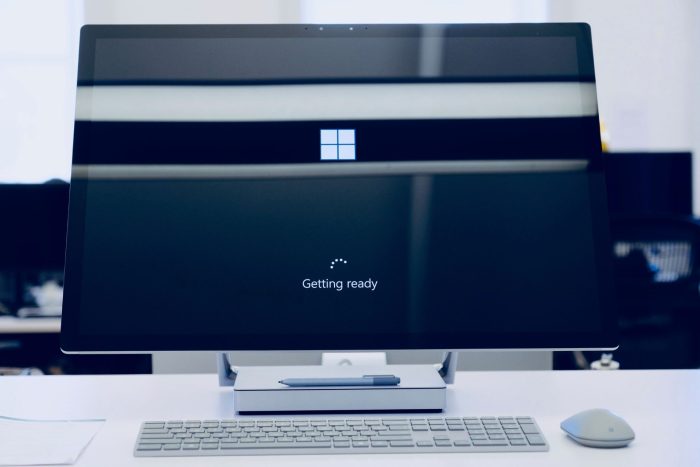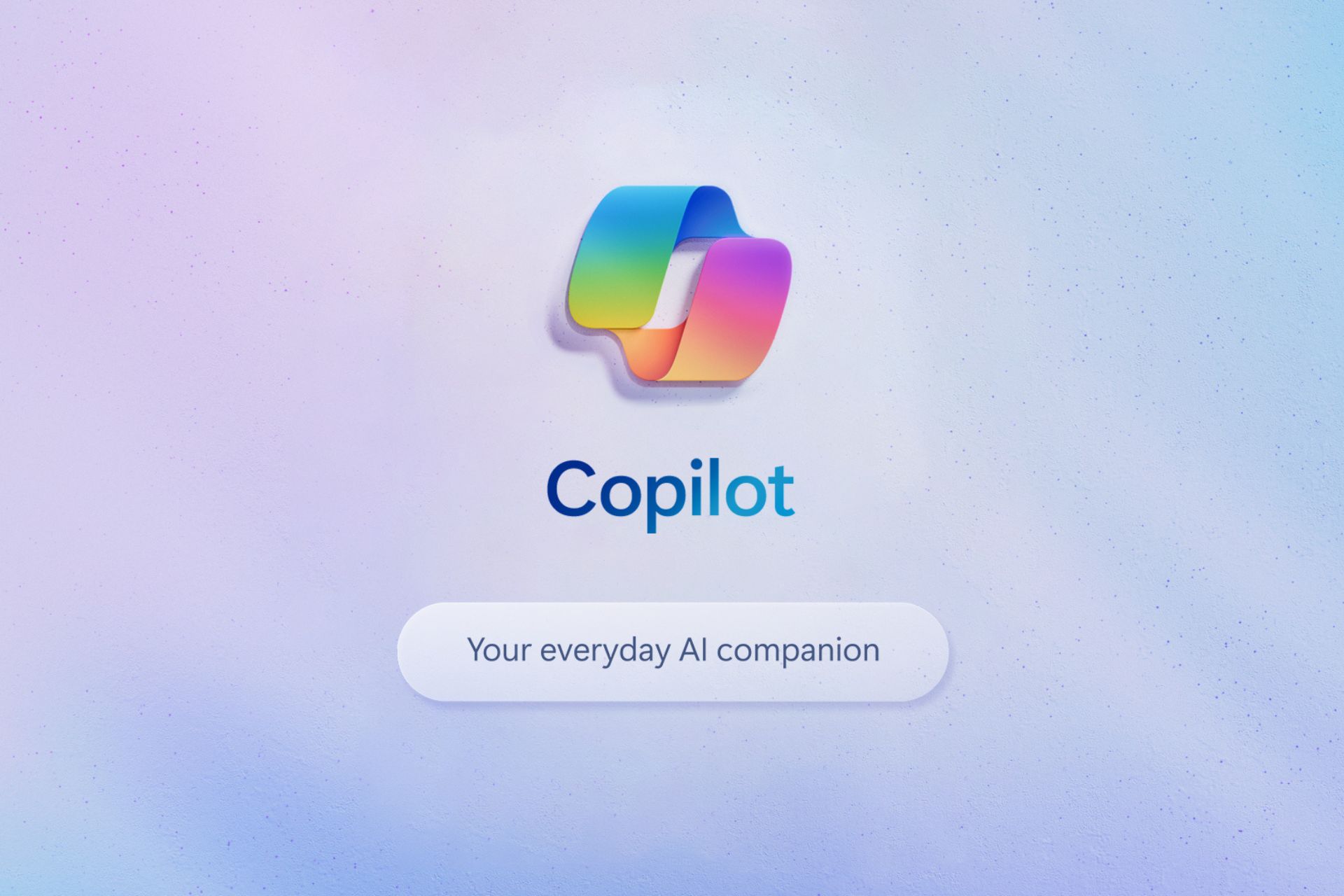Microsoft Graveyard built a coffin for Windows 10: Is it time to upgrade to Windows 11?
This is what we think.
5 min. read
Published on
Read our disclosure page to find out how can you help Windows Report sustain the editorial team Read more

We reported a while ago about a new project called Microsoft Graveyard, where people can find all the deprecated Microsoft products and services of all times, since the inception of the Redmond-based tech giant.
The project, which is not owned by Microsoft as it’s independent, has added Windows 10 to the list of soon-to-be deprecated Microsoft services, even though the Redmond-based tech giant recently announced that it will be extending the support for the operating system for 3 more years, with an effective EOS deadline moved to 2028.
However, this decision is not free, and those users who want to stay on Windows 10, will have to pay a price for security updates until 2028. Those who don’t want to, or can’t afford it, are advised to upgrade to Windows 11, while the upgrade is still offered for free.
But there is still more than a year until Windows 10 hits its first EOS deadline, so we have to ask: is it time to upgrade to Windows 11, or should you wait? You wouldn’t be the only one, though, as Windows 10 is still far more popular than Windows 11, in terms of users. Windows 10 has over 1 billion users worldwide, while Windows 11 has just recently amassed 400 million users, after 2 years of existence.
Despite the numbers, though, it’s still a necessary question. Here’s what we think, now, in February 2024.
Is it time to upgrade to Windows 11?
The answer is not a straight one, as it depends on many factors. Here are some of the most important factors you should consider for making this decision.
Security risks
Probably the most important aspect to be considered is the security risks that come with the use of a deprecated OS.
Think about it this way: Windows 10’s official EOS is set to be due in October 2025. Until then, your Windows 10 will receive security updates regularly, but after that date, you’ll have to pay if you want to keep your Windows 10 device safe.
While it could still be manageable, a Windows 10 device without security updates will leave you in an exceptionally risky situation, and we’re not exaggerating. Microsoft products and services are some of the most targeted by threat actors. You will most probably be targeted without even knowing, and your personal information could end up in places all over the Internet, and more.
On the other hand, paying for Windows 10 security updates, when you have a device that can support Windows 11 plus a free upgrade to this OS, makes no sense.
And we’re not trying to be unreasonable here. We get it, Windows 10 is good, and it runs perfectly, and its UI is not yet pandered with all the AI stuff, even though Microsoft added Copilot to it recently.
But it really makes no sense, when there are better options in front of you. One situation that could be understandable, though, is the one where people have older devices that don’t run on Windows 11. However, Microsoft will check your device to let you know if it meets the requirements for it.
Windows 11’s better performances in gaming, content editing, and so on
For laptops and desktop devices post-2020, Windows 11 is far more suitable than Windows 10. For instance, it’s well-known that Intel 13th gen CPUs work better on Windows 11, the newer operating system performs exceptionally well in video games.
While it has its disadvantages, compared to Windows 10, Windows 11 is a better fit for content editing as well, as it makes use of the CPU and RAM power more efficiently than Windows 10. You can see our in-depth comparison here, where we also found out that Windows 11 is faster than Windows 10 in certain situations.
Plus, the UI has become more intuitive on Windows 11: a new Settings page, a new Quick Settings panel, tabs in File Explorer, and an easier way to share files directly from Windows 11, all make this operating system a good choice for those who value mobility.
On the other hand, Windows 11 might not entirely support many apps, and it’s known that it has compatibility issues with certain software. Plus, at times, it can be unstable, but Microsoft is releasing updates to it regularly to improve its stability.
AI features – are you up for them?
Another important aspect that has to be considered when deciding to upgrade to Windows 11 is the AI features. Would you be interested in using them? What do you think about using Copilot, or having Copilot as the to-go place for Settings, searching the Internet, and so on?
While Copilot is still not widely available (European users, you’re in luck, or unlucky, depending on how you approach this whole thing), and Microsoft decided to release it to Windows 10, as well, it’s clear that the AI tool was intended to be Windows 11’s biggest and most important feature.
And, it will also be an evergreen feature moving forwards, as the Redmond tech giant announced the release of the Copilot key, with many more AI features coming to future Windows builds. So, as a Windows user, you need to be prepared to integrate AI into your routine.
However, for now, Windows 10, even if it has Copilot on it, it seems unscathed enough to provide a relatively AI-free experience.
These are the most important aspects that you should know before deciding to upgrade or not. However, if you still wonder if is it time to upgrade to Windows 11, then there is still one piece of good advice we’d like to put out there.
- If you have an older device that you purchased before 2020, then keep it on Windows 10.
- If you have a newer device, that you purchased after 2020, then it’s best to upgrade to Windows 11.
Even if Windows 10 might seem a good idea for newer devices, it will Windows 11 the one that will truly make your newer device run as it should run. As for older devices, keep them on Windows 10, and upgrade them to Windows 11 in 2025. And if they don’t work as they used to, then maybe it’s time to look for a new device.









